1. Introduction
To understand why we should revolutionize identity management systems through the use of NFTs we first need to look into the current challenges in traditional identity management systems.
Traditional identity management systems are facing increasing challenges in today's digital age. Centralized systems, which rely on singular points of control, often suffer from vulnerabilities such as data breaches, identity theft, and lack of user control. These systems typically store sensitive information in large databases, making them attractive targets for cyberattacks. Additionally, the fragmented nature of these systems means that individuals must manage multiple identities across various platforms, leading to inefficiencies and security risks. The need for a more secure, user-centric, and interoperable identity management solution is becoming ever more critical.
This is where NFTs emerge as a viable alternative for application in digital identity management. Non-Fungible Tokens (NFTs) have emerged as a revolutionary technology in the blockchain ecosystem. Unlike cryptocurrencies, which are fungible and interchangeable, NFTs are unique digital assets that represent ownership or proof of authenticity. Each NFT is distinct and cannot be replicated, making them ideal for representing singular entities or credentials. NFTs are typically stored on decentralized blockchain networks, providing robust security features through cryptographic principles. In the context of digital identity management, NFTs offer a promising solution. By leveraging the unique and secure nature of NFTs, digital identities can be represented as tokenized assets on a blockchain. This decentralized approach can address many of the shortcomings of traditional systems. For instance, individuals can have greater control over their personal data, sharing only what is necessary with third parties and ensuring that their information is stored securely. Moreover, the interoperability of blockchain networks allows for seamless verification of identities across different platforms and services.
This proposal aims to explore the implementation of NFTs in creating comprehensive digital identity solutions. By utilizing the inherent properties of NFTs—such as immutability, security, and user ownership—decentralized identity management systems can revolutionize how identities are managed, authenticated, and verified in the digital realm.
2. Executive Summary
This report proposes leveraging Non-Fungible Tokens (NFTs) to revolutionize digital identity management, addressing critical issues like data breaches, identity theft, and inefficiencies in current centralized systems. NFTs, unique digital assets stored on decentralized blockchains, provide a secure, immutable, and user-controlled method for representing digital identities.
The key concept involves utilizing NFTs to create verifiable, tamper-proof digital identities, ensuring greater control and privacy for individuals. The implementation strategy includes deploying a government-operated blockchain to mint NFTs for each citizen, supported by smart contracts and zero-knowledge proofs for secure, selective data sharing. Pilot programs, user training, and a robust legal framework are essential for seamless adoption.
Potential use cases include enhancing security in sectors such as healthcare, education, law enforcement, and financial services. The benefits of this approach include improved privacy, streamlined access to services, and reduced identity fraud. However, challenges such as overcoming resistance to change, technical infrastructure requirements, and updating regulatory frameworks must be addressed.
Looking ahead, the future of NFT-based identity management is promising, with potential to expand NFT integration across various sectors for real-time identity verification and enhanced data protection. By implementing NFT-based identity management, we aim to create a more secure, efficient, and user-centric digital identity system, paving the way for innovative and resilient solutions in the digital age.
3. Problem statement
The current identity management systems face significant challenges in today's digital age, primarily due to their centralized nature. Centralized identity systems, which rely on single points of control, are increasingly vulnerable to data breaches, identity theft, and inefficiencies. In 2023 alone, data breaches exposed over 10 billion records globally, with a significant portion of these incidents involving identity theft. This underscores the growing inadequacy of traditional identity management systems in protecting sensitive personal information.
Furthermore, these systems require individuals to manage multiple identities across various platforms, leading to fragmented and inefficient user experiences. For instance, a typical internet user may have to maintain separate login credentials for email, social media, banking, and numerous other services. This fragmentation not only increases the likelihood of security breaches but also contributes to user frustration.
Additionally, centralized databases storing sensitive information are attractive targets for cyberattacks. High-profile breaches, such as the Equifax data breach in 2017, which affected approximately 147 million people, highlight the severe risks associated with centralized identity storage. The breach not only compromised personal information but also led to significant financial and reputational damage for the affected individuals and the organization.
The lack of user control over personal data further exacerbates these issues. In traditional systems, users often have little to no say in how their data is stored, used, or shared, leading to concerns over privacy and data misuse. According to a survey by the Pew Research Center, 81% of Americans feel they have little control over the data collected by companies, and 79% are concerned about how their data is used.
Given these challenges, there is a critical need for a more secure, user-centric, and interoperable identity management solution. This proposal aims to address these issues by leveraging Non-Fungible Tokens (NFTs) and blockchain technology to create decentralized identity management systems. By doing so, we can enhance security, ensure greater user control, and streamline identity verification processes across various platforms and services.
4. Solution
4.1 Conceptual Framework
NFTs can be leveraged to represent unique digital identities due to their inherent characteristics. Each NFT is a distinct, non-replicable token stored on a blockchain, ensuring that every digital identity is singular and cannot be duplicated. By assigning an NFT to an individual's digital identity, we can create a verifiable, tamper-proof record of that identity. This NFT can include various attributes and credentials, such as personal information, certifications, and access rights, all securely linked to the individual.
One of the key principles in decentralized identity management using NFTs is the need-to-know basis principle. This principle ensures that individuals have full control over their personal data and can selectively disclose information to third parties. Instead of sharing extensive personal details, users can provide only the specific information required for a given transaction or verification process. NFTs can facilitate this by allowing users to cryptographically prove their identity or credentials without exposing the underlying data. This approach enhances privacy and significantly reduces the risk of unauthorized data access and identity theft.
Blockchain technology plays a crucial role in underpinning the security and transparency of NFT-based digital identities. By storing NFTs on a blockchain, we benefit from its decentralized nature, where no single entity has control over the entire network. This decentralization ensures that digital identities are not subject to the vulnerabilities associated with centralized databases. Additionally, blockchain's immutable ledger means that all transactions and modifications involving NFTs are permanently recorded and verifiable. This transparency helps prevent fraud and unauthorized changes, as any attempt to alter the data would be evident and traceable.
Furthermore, the use of cryptographic techniques within blockchain networks ensures that the data associated with NFTs is secure. Public and private key cryptography allows individuals to securely access and manage their digital identities, while also enabling them to share verifiable proof of their identity without compromising their personal information. Overall, blockchain technology provides the robust foundation needed to support the secure and transparent management of digital identities through NFTs.
4.2 Implementation
Our proposed identity system aims to revolutionize national identification by leveraging the security in decentralization enabled by blockchain. While it could be seen as more transparent to use an established Blockchain network, like Ethereum, using a custom-made central government blockchain would provide people with an extra level of trust, given that this is still a relatively unknown technology, while maintaining benefits like immutability, transparency, and security of all recorded identities.
Having this network established, Smart Contracts will be put in place for reasons of issuing and updating unique NFTs that will be minted for each citizen, with all personal identifiable information being hashed for reasons of privacy, which will remain fully secured and anonymous by means of an authentication system that will be based on Zero Knowledge Proofs. These will ensure that people are allowed access to services like schools, hospitals or even privately owned facilities according to their permissions without each validation spot receiving any personal identifiable information.
In the implementation phase of this solution, requires a well thought out approach that involves all responsible areas of both government and relevant private operators to ensure that the integration of this solution is seamlessly adopted by all with the minimum disruption. To test this in an incremental and agile way, Pilot programs should be rolled out in limited locations that allow involved actors to test the solution and adapt to people’s behaviour regarding the new identification system. In this stage, user training and support needs to be fine-tuned for both users and enforcers, all of which must be provided with the tools and information that allows them to take full advantage of this new system, and so that ultimately all the actors involved in this pilot do end up organically preferring the NFT based ID to the traditional method, as this will be conclusive proof that network effect can be sustained.
Another key aspect of the implementation of this will be the legal and regulatory framework that will apply to it. As current legislation is based on an archaic solution for ID management, and certainly is not compatible with WEB3 concepts taking over existing state solutions, new laws must be drafted not only to legitimize NFT-IDs, but also to ensure that data privacy, security and validity of these is guaranteed and privileged by the state. Furthermore, all involved operators, as well as the state as the issuer of these IDs need to align on standards and protocols that ensure the interoperability and scalability of this new system while maintaining the established privacy standards that ensure that data is always securely hashed and that any ID verification process never exposes sensitive personal identifiable information of citizens to unauthorized operators.
A final key consideration for implementing this solution is how it would apply in an international context. As with the agreements that exist today regarding passports and other ID forms like driving licenses, new international agreements and cooperations would have to be pushed for so that citizens issued with a NFT based ID are allowed to travel using it instead of a traditional paper ID, as well as making international transactions that require proof of identity, like overseas wire transfers. By leveraging blockchain technology, countries can push for a new era of ID management that is fully decentralized and digitally recorded in the blockchain, ensuring safer conditions for people anywhere.
4.3 Use Cases
The implementation of NFT-based identity management systems can revolutionize various sectors by providing secure, efficient, and user-centric solutions. Here are some key use cases:
Healthcare: In the healthcare sector, NFT-based identities can greatly enhance patient care and streamline administrative processes. When a patient arrives at a hospital, their NFT can provide immediate access to their comprehensive medical history, including previous treatments, allergies, and medications. This ensures that healthcare providers can offer personalized and informed care, reducing the risk of medical errors. Additionally, NFT-based IDs can facilitate seamless interactions with pharmacies. Pharmacists can verify prescriptions and access relevant medical information, allowing for quicker dispensing of medications without compromising patient privacy. The need-to-know basis ensures that pharmacists only see the necessary medical data without access to personal details like address or tax information.
Education: Educational institutions can benefit significantly from NFT-based identity management. Students can use their NFT IDs to gain access to university facilities, such as classrooms, libraries, and laboratories, ensuring only authorized individuals can enter these spaces. Additionally, these digital IDs can store academic records, making it easier for students to share their transcripts and qualifications with potential employers or other educational institutions. This system can also streamline administrative processes, such as course registration and attendance tracking.
Law Enforcement: For law enforcement agencies, NFT-based IDs can provide instant access to an individual’s identity and relevant records. When an officer stops a driver, they can quickly verify the driver’s license status, vehicle registration, and any outstanding warrants through the driver’s NFT. This can enhance public safety and streamline interactions between citizens and law enforcement. Moreover, the transparent and immutable nature of blockchain records can help in maintaining a clear audit trail, which is crucial for accountability and reducing instances of misconduct.
Financial Services: In the financial sector, NFT-based identities can simplify and secure Know Your Customer (KYC) processes. Financial institutions can instantly verify a customer's identity and assess their credit history through their NFT, expediting account openings and loan approvals. This reduces the burden of paperwork and minimizes the risk of identity fraud. Furthermore, customers can grant temporary access to specific financial data when needed, enhancing privacy and control over their personal information. This method of selective disclosure ensures that only the necessary information is shared for specific transactions, aligning with data protection regulations and enhancing customer trust.
These use cases highlight the potential of NFT-based identity management systems to improve security, and user experience across various sectors. By leveraging blockchain technology, these systems can provide a more robust and privacy-focused approach to managing digital identities, paving the way for a future where identity verification is seamless, secure, and user-centric.
5. Benefits and Challenges
NFT-based identity management systems offer a multitude of benefits that have the potential to revolutionize how digital identities are managed and utilized. One of the foremost advantages is the enhancement of privacy and security. By utilizing NFTs as unique digital identifiers, these systems operate on a need-to-know basis, ensuring that only authorized parties have access to specific information. Through decentralization and encryption on the blockchain, the risk of data breaches and identity theft is significantly reduced, providing users with greater control over their personal information.
Moreover, NFT-based systems simplify access to services by consolidating identity credentials into a single, digital token. With individuals possessing a digital NFT representing their identity, they can seamlessly access a wide range of services without the need for multiple physical IDs or credentials. This streamlined verification process not only saves time but also enhances efficiency in transactions and interactions for both users and service providers.
Another significant benefit is the reduction in identity fraud and misuse. The cryptographic nature of NFTs makes them tamper-resistant and highly secure, minimizing the risk of identity fraud and impersonation. Additionally, immutable transaction records on the blockchain provide a transparent audit trail, making it easier to detect and prevent fraudulent activities.
However, the adoption of NFT-based identity management systems is not without its challenges. One prominent barrier is overcoming resistance to change from stakeholders accustomed to traditional ID systems. Educating individuals, organizations, and government agencies about the benefits and mechanics of NFTs will be essential for widespread adoption.
Furthermore, implementing NFT-based systems requires robust technical infrastructure, including blockchain networks capable of handling large-scale transactions and data storage. Interoperability between different blockchain platforms and legacy systems also poses technical challenges that must be addressed for seamless integration and functionality.
Moreover, regulatory frameworks governing identity management, data privacy, and cybersecurity may need to be updated or adapted to accommodate NFT-based solutions. Balancing the need for privacy and security with regulatory requirements for identity verification and data protection presents a complex challenge that requires careful consideration and collaboration between stakeholders.
In conclusion, while NFT-based identity management systems offer significant advantages in terms of privacy, and security, overcoming adoption barriers and addressing technical and regulatory challenges will be critical for realizing their full potential in transforming digital identities. By proactively addressing these issues, stakeholders can pave the way for a more secure, transparent, and user-centric approach to identity management in the digital age.
6. Case Studies
Civic Pass: Civic is described as a decentralized blockchain-based identity platform that enables users to proof their identity in a digital way to third party providers without the need of overexposing.
How does it work? The user starts by creating their digital identity who is then placed within a digital wallet linked to an NFT. Civic then uses government generated ID’s and biometric data to verify identities and stores them within their blockchain network. After the user’s identity is identified, Civic mints an NFT that represents the user’s identity. The mint will be available within a digital wallet and can be used for accessing sites where identification is required, thus simplifying the verification process. Civic continuously reissues NFT’s to the user’s wallet to ensure that the identity is secured.
Why does it work? Civic is a successful identity project due to the easiness of use by individuals aligned with growing concerns about data privacy and storage. In addition, Civic’s partnerships have also often proven to be critical in its success. Alliances with Ethereum, Metaplex and other blockchain linked peers have pushed the platform to new limits and to a growing number of users.
BrightID: BrightID is a decentralized identity verifying system that relies on NFTs to establish individual identities and avoid duplication of accounts.
How does it work? Firstly, the individual creates an profile on the BrightID platform that is then linked to a wallet address (for example: Ethereum). Then to verify their identity each user relies on the connections with other BrightID users, thus forming a “web of trust”. Each connection between users stays registered in the blockchain process, thus creating a network of decentralized identities. In order to continue the verification process, each user must be vouched for in by a number of other users, which will allow them to mint an NFT. Such NFT allows them to verify and confirm their identity through various applications.
Why could it work in the future? BrightID enables to secure real identities and avoids spam accounts and bots' interactions within various applications. The connection to other user’s accounts also enables us to create a secure network that can be then used across various applications. If we expand this idea further, BrightID can help us to create exclusive networking lists that can be then monetized into events, clubs and strict membership-communities where access is granted only to verified individuals.
This NFT-based identity management systems have thought us that it is important to guarantee solutions that are easy to use and conversely attend to costumer’s concerns regarding data protection. We can also verify that alliances between platforms, as the case of BrightID and Ethereum, have also proven to be beneficial to platform’s success and the adoption of these new systems. Due to their trustworthy, decentralized environments NFT based solutions have the potential to become big in the market, should they be properly explored.
7. Future Directions
In the future, NFT’s are likely to continue being explored and can be further used as identity management systems. The use of more advanced NFT’s systems that update in real time could potentially ensure that the identity of the user is constantly verified as he keeps accessing a specific system. Simultaneously, the integration of NFTs identity systems in multiple applications can be used to ensure that the users only share the information that they want and avoid over disclosing data.
Advancements in NFT technology are likely to be fostered with NFT integration into different platforms, where the safeguard of personal information is vital. For example, the use of NFT identity systems in hotel management reserves could enable a quicker check-in process with the guest minting a token upon reservation confirmation. Similarly, the use of NFT identity systems in healthcare could mean that information is more encrypted within the database, thus allowing for patient’s data protection and avoidance of security breaches. Patients could have medical records stored as NFT, s, that are then minted by the medical team. There is no limit to innovation and collaboration in this field when it comes to reaching comprehensive solutions that are appreciated by users.
8. Conclusion
The proposal for utilizing Non-Fungible Tokens (NFTs) in decentralized identity management offers a transformative approach to the challenges faced by traditional systems. By leveraging the unique properties of NFTs—such as immutability, security, and user ownership—this innovative solution addresses critical issues like data breaches, identity theft, and inefficiencies associated with centralized identity management.
Through a detailed examination of the conceptual framework, implementation strategies, and potential use cases, this report illustrates how NFT-based identities can enhance privacy, streamline verification processes, and ensure greater control over personal data. The proposed system's reliance on blockchain technology further underscores its potential to provide a secure, transparent, and decentralized method for managing digital identities.
The implementation phase, with its focus on pilot programs, user training, and legal frameworks, is crucial for ensuring the seamless adoption and integration of this technology. By addressing technical challenges and fostering stakeholder collaboration, the path towards a more secure and efficient identity management system can be paved.
Case studies such as Civic and BrightID demonstrate the viability and benefits of NFT-based identity solutions. These examples highlight the importance of user-friendliness, data protection, and strategic partnerships in driving the success and adoption of decentralized identity systems.
Looking ahead, the future of NFT-based identity management is promising. Continued advancements in NFT technology and its integration into various sectors—ranging from healthcare to hospitality—can further enhance the security of identity verification processes. By embracing these innovations, we can move towards a digital future where identity management is both user-centric and resilient against emerging security threats.
In conclusion, NFT-based identity management systems hold the potential to revolutionize the way we handle digital identities. With careful implementation and ongoing innovation, these systems can provide a robust, secure, and efficient solution to the identity challenges of the digital age. The collaboration between stakeholders, including governments, private operators, and international entities, will be essential in realizing the full potential of this transformative technology.
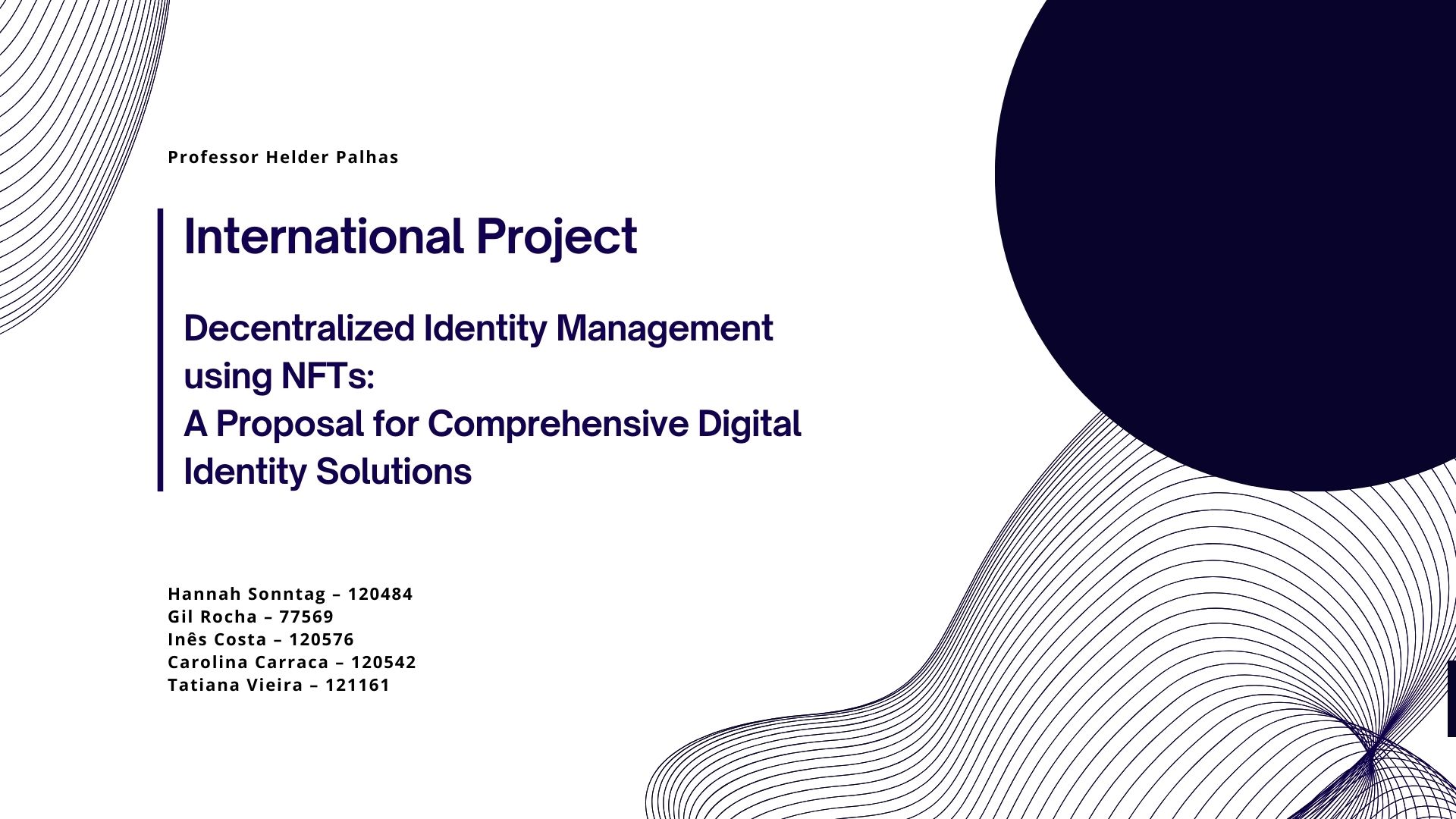
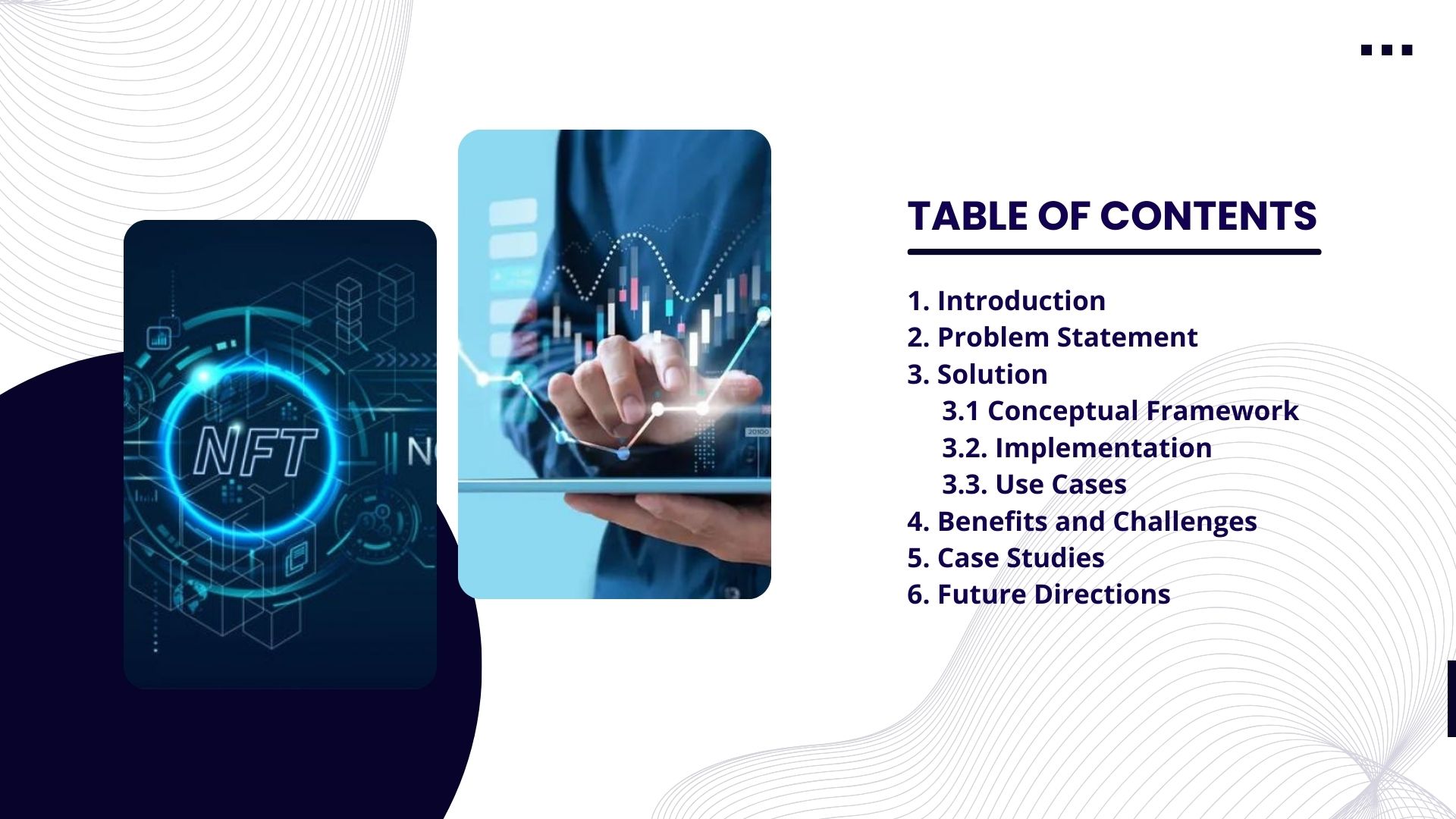
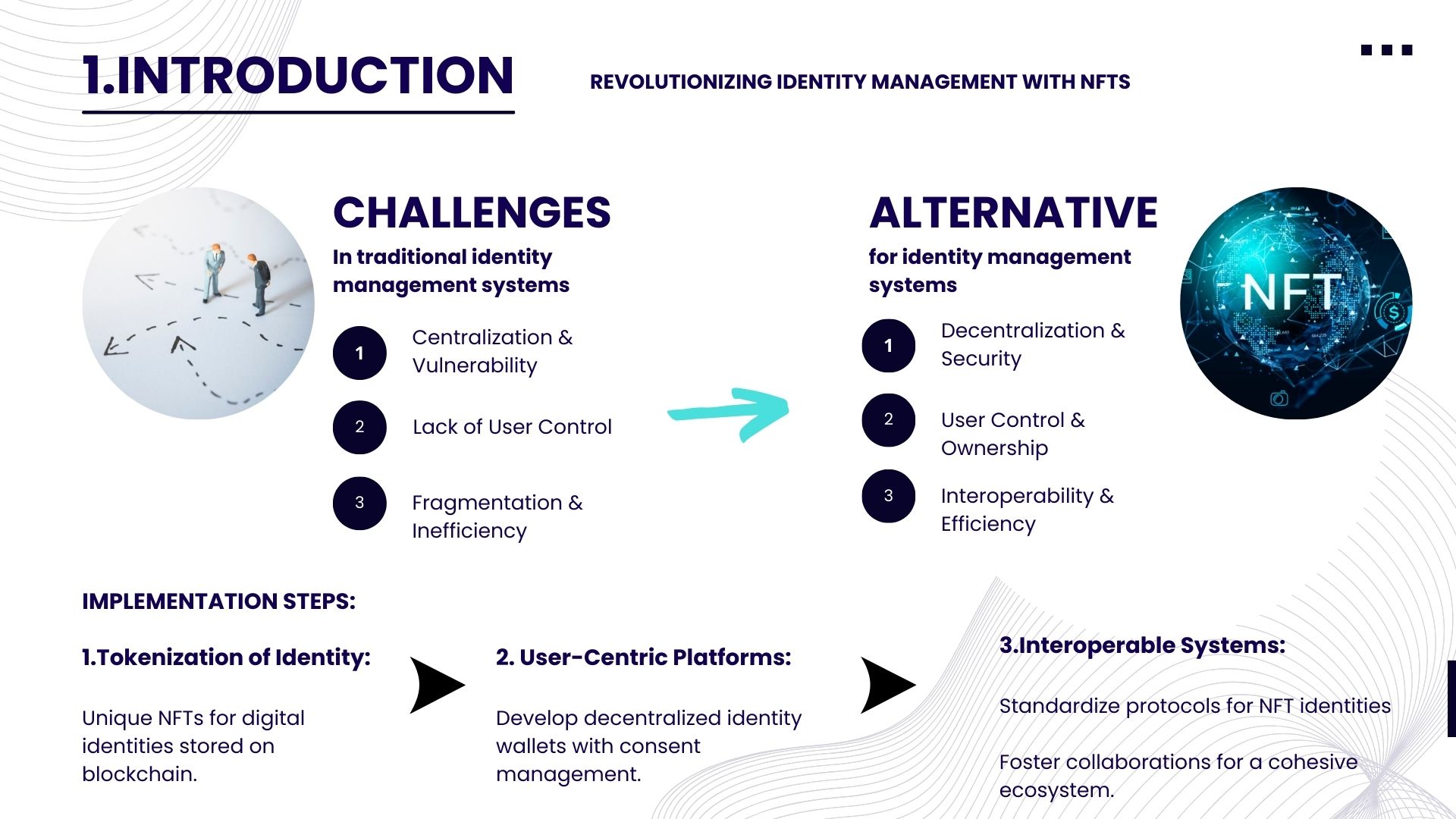
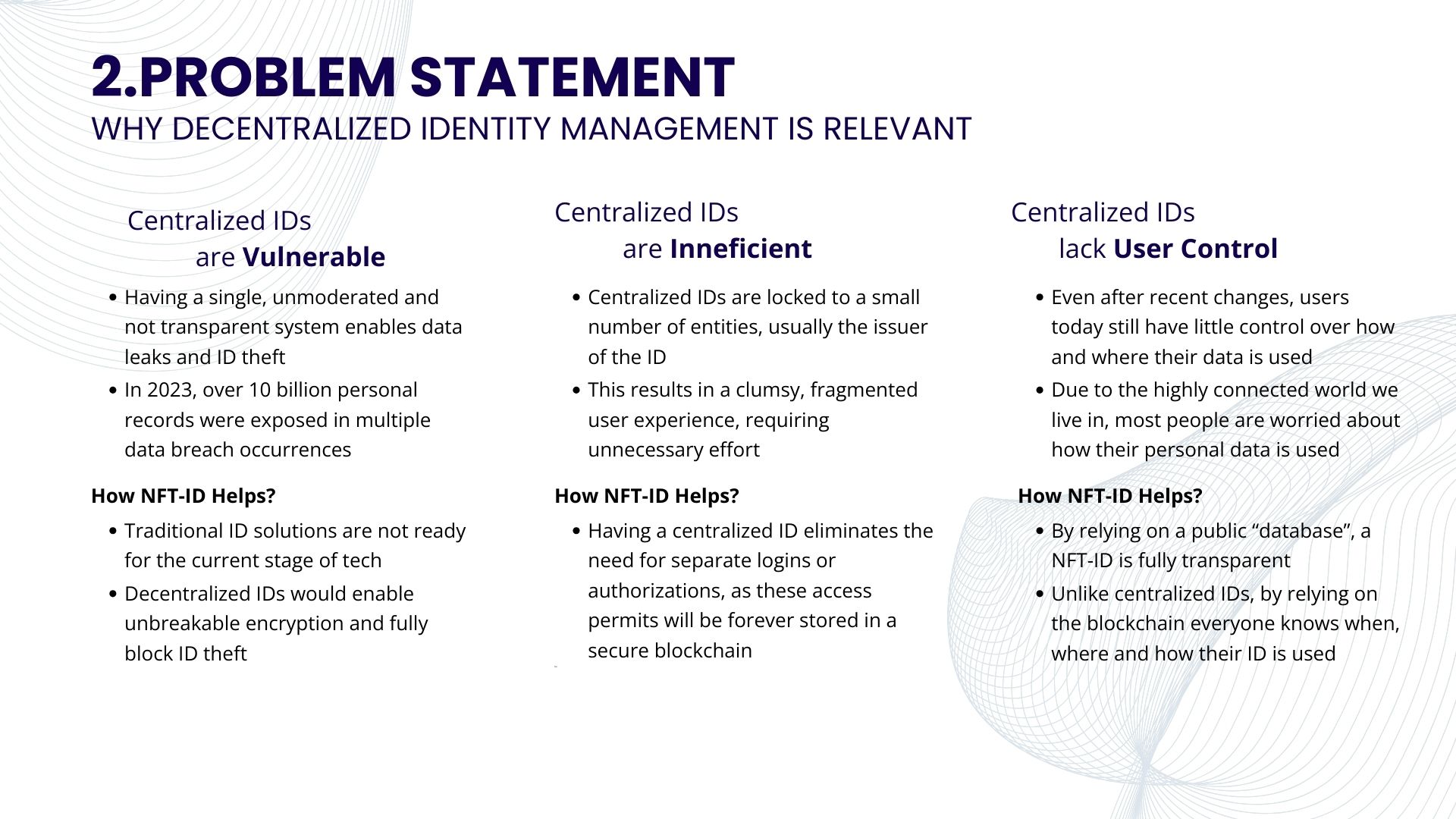
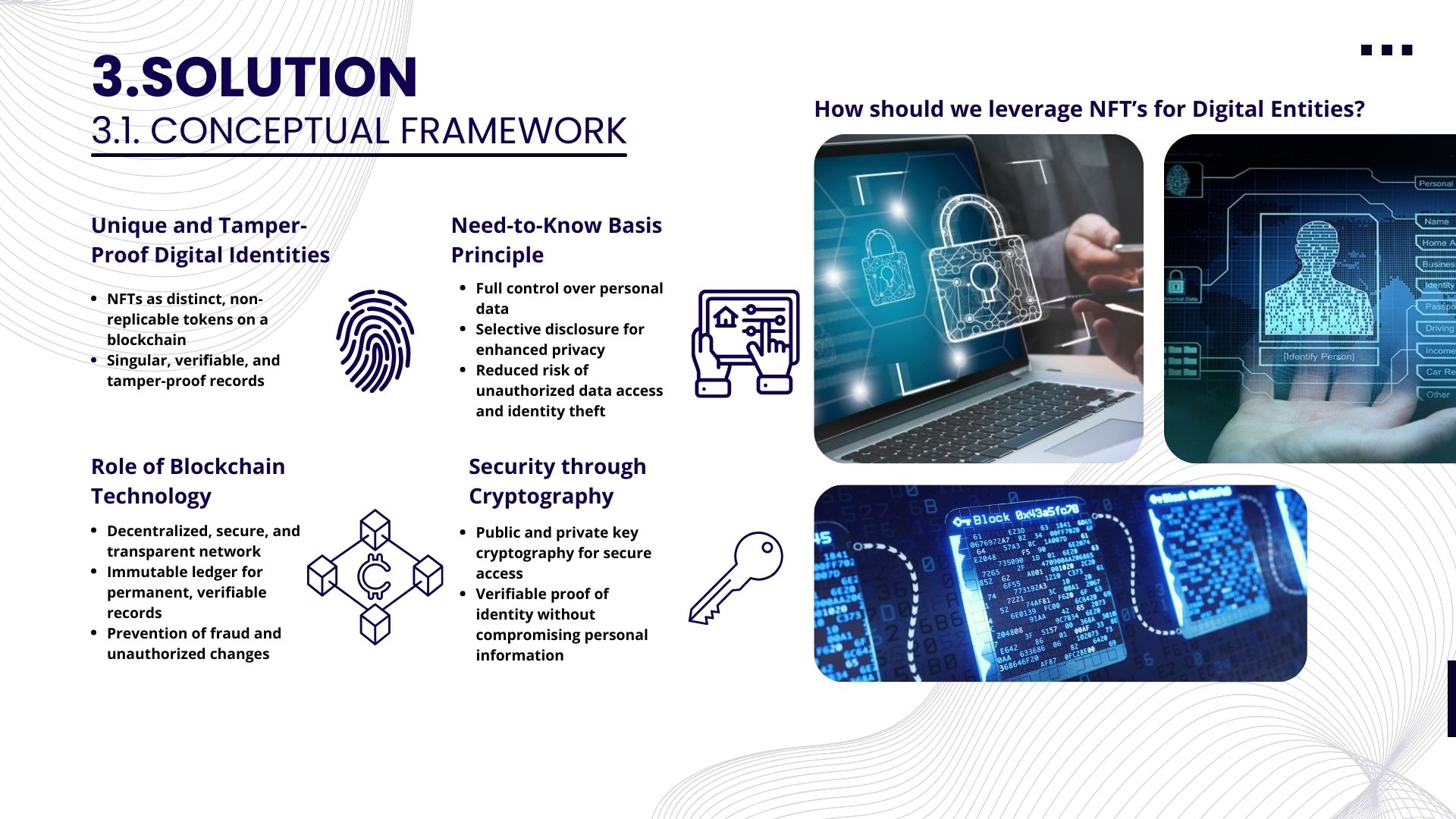
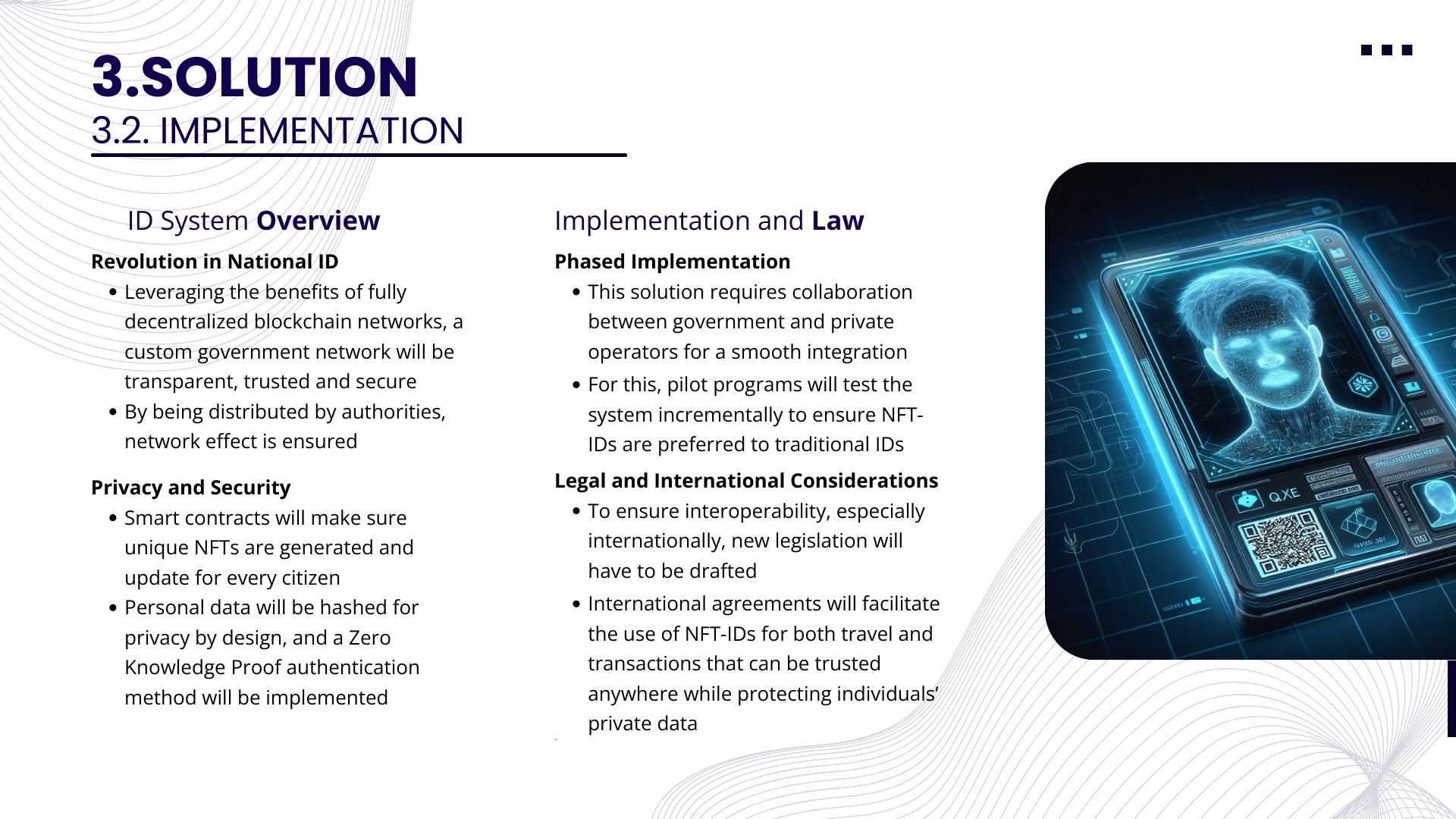
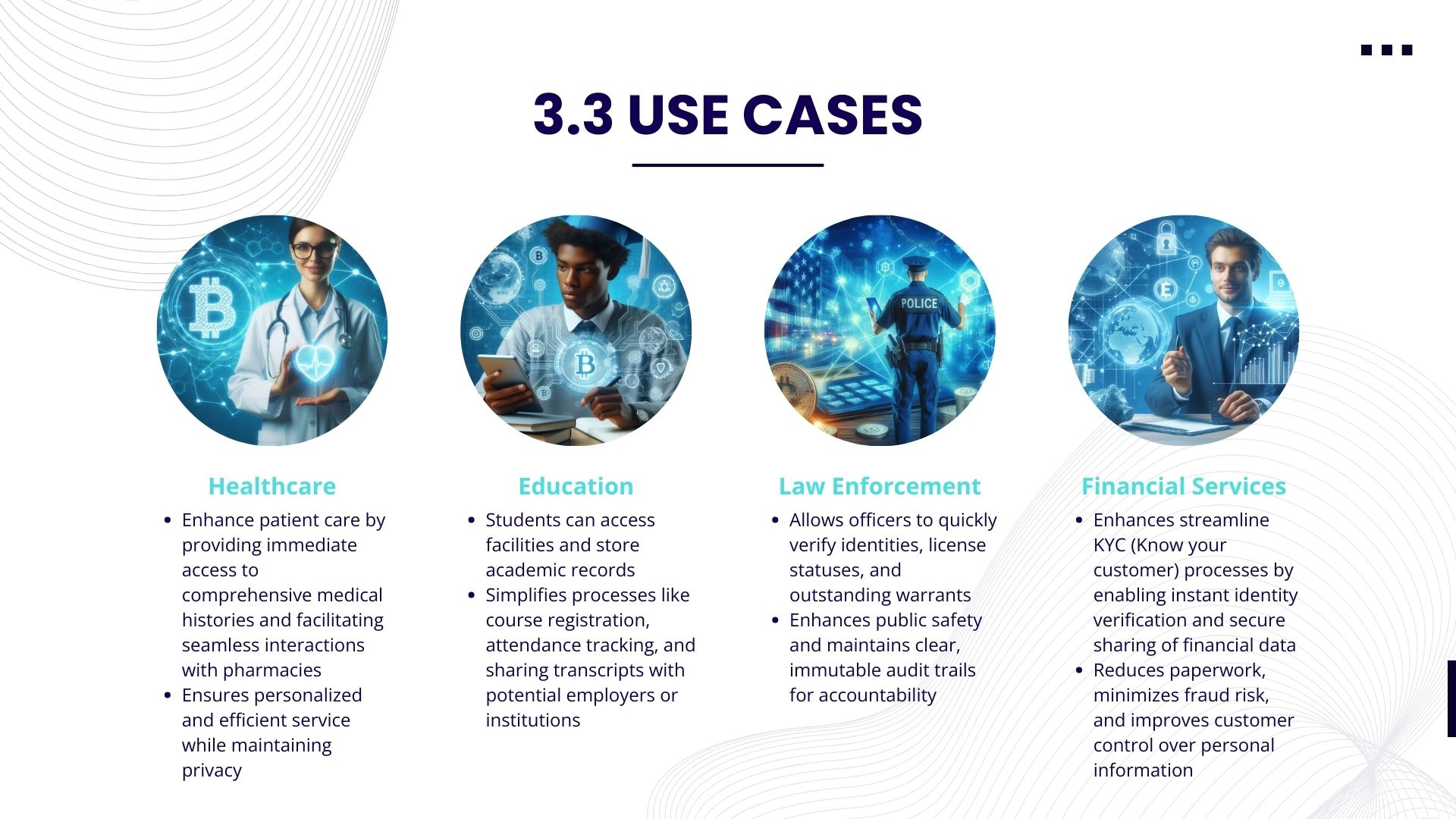
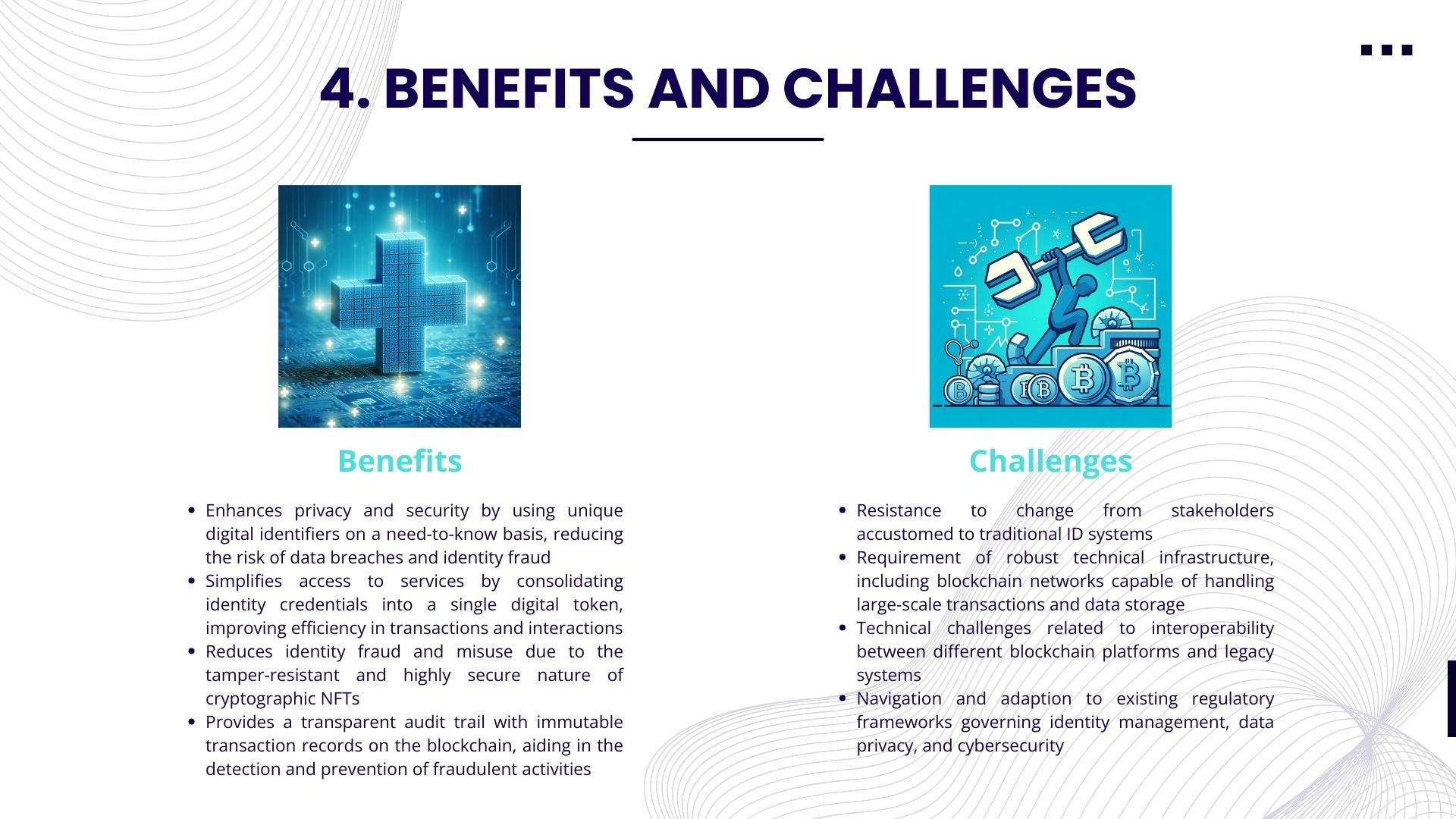
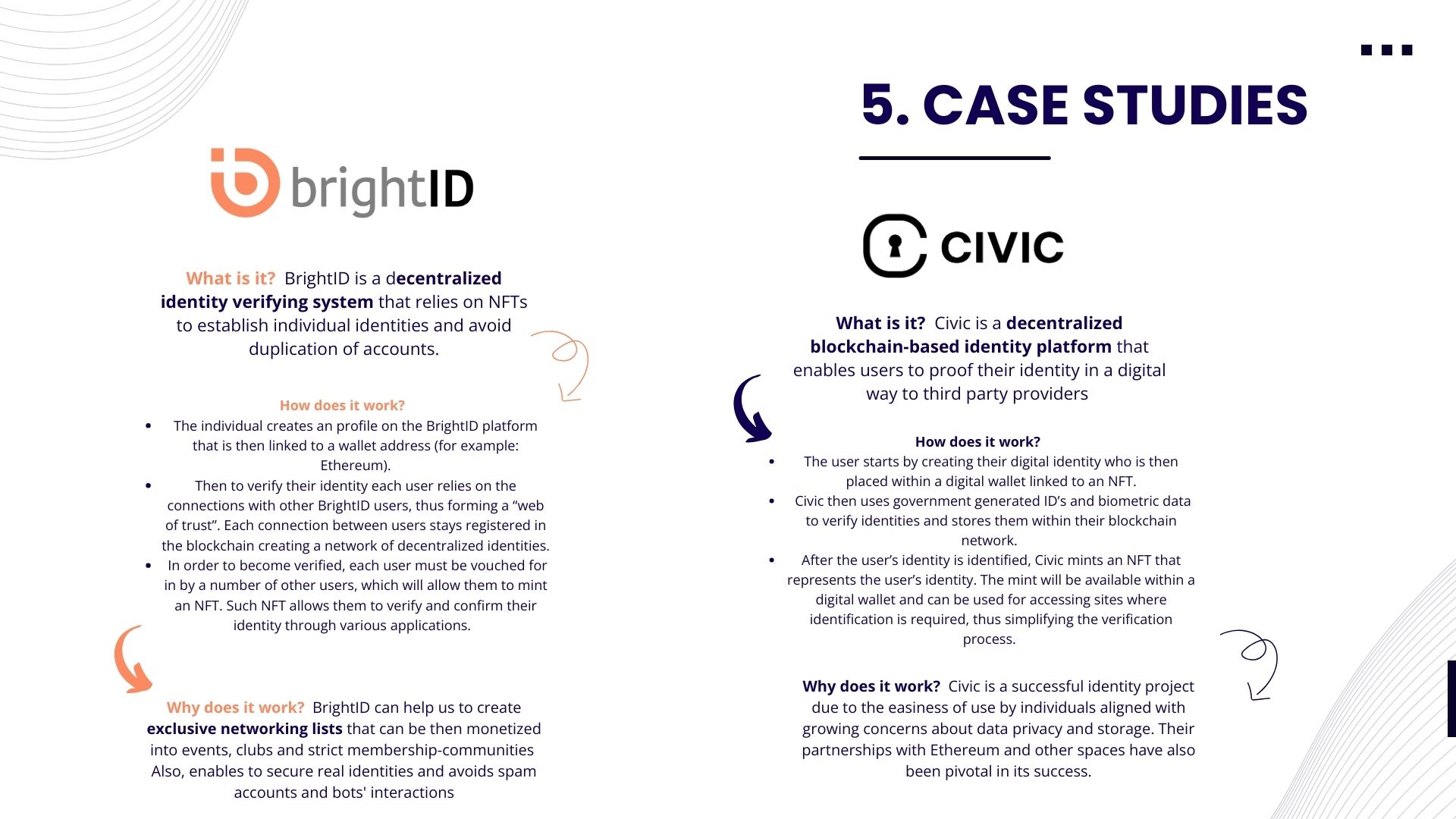





评论 (0)